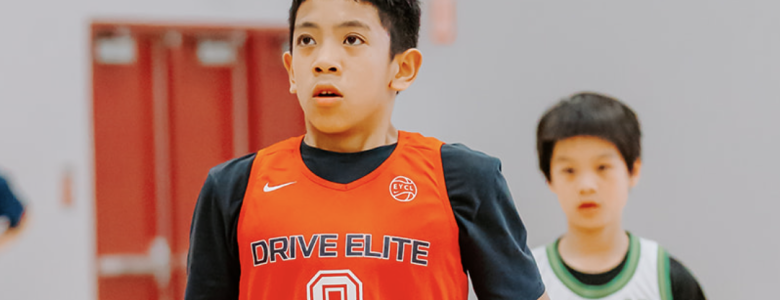Quality Over Quantity: The Right Balance of Practice and Games in Youth Basketball
In the world of youth basketball, many parents believe that playing as many games as possible is the key to helping their child improve. They think that constantly competing in multiple leagues, joining extra teams, and packing the schedule with games is the best path to success. But in reality, this approach often leads to burnout and missed opportunities for true development.
More Games Don’t Always Mean More Growth
There’s a misconception that playing more games equals faster improvement. While games are a critical part of development, they’re not where the bulk of learning happens. Games provide a platform to showcase what players have already developed through practice, but they don’t offer the focused, repetitive learning that training sessions do. Constantly being in game mode can actually prevent players from working on the skills and fundamentals they need to improve.
In games, players are often forced to rely on what they’re already comfortable with to win or compete, rather than trying new things and developing in a low-stakes environment like practice. The real growth—the sharpening of skills, understanding of strategy, and development of basketball IQ—happens on the practice court, not in the heat of competition.
The Power of Practice, Training, and Rest
To truly improve, young athletes need structured practice and training sessions that allow them to focus on specific skills and techniques. Three to four focused practices a week can provide the perfect balance, allowing players to improve their ball-handling, shooting, footwork, and decision-making in a controlled, supportive environment. This type of training also allows for personalized feedback and attention from coaches, which is critical for growth.
Equally important is rest. Young athletes, particularly those still growing, need time to recover physically and mentally. Overloading them with games and tournaments every weekend doesn’t allow their bodies to properly recover, leading to increased risk of injury and burnout. Rest is essential for maintaining their enthusiasm for the game and ensuring they can perform at their best.
Ideal Schedule: Practices and Tournaments
In my experience, the ideal schedule for youth basketball players consists of three to four practices per week, combined with two tournament weekends per month. This setup strikes the right balance between skill development, game experience, and recovery. The tournament weekends provide the necessary competition for players to test their skills in real-game situations, while practices and training sessions give them the space to work on the fundamentals.
With this balance, players are still exposed to plenty of game experience, but they also have enough time to focus on development and recovery. This schedule allows them to gradually improve without feeling the constant pressure of over-scheduling or the wear and tear that comes with excessive games.
Final Thoughts
Parents who want the best for their young athletes often think that playing in as many games and leagues as possible is the right approach. However, true development in basketball—or any sport—comes from a balanced plan that prioritizes focused practice, proper training, and adequate rest. More games don’t automatically lead to better players; structured development does.
So, when planning your child’s basketball schedule, remember that quality always beats quantity. Focus on consistent practice, thoughtful training, and a balance of games and rest, and your child will be set up for long-term success.
Pasha Bains
Founder, Drive Basketball

